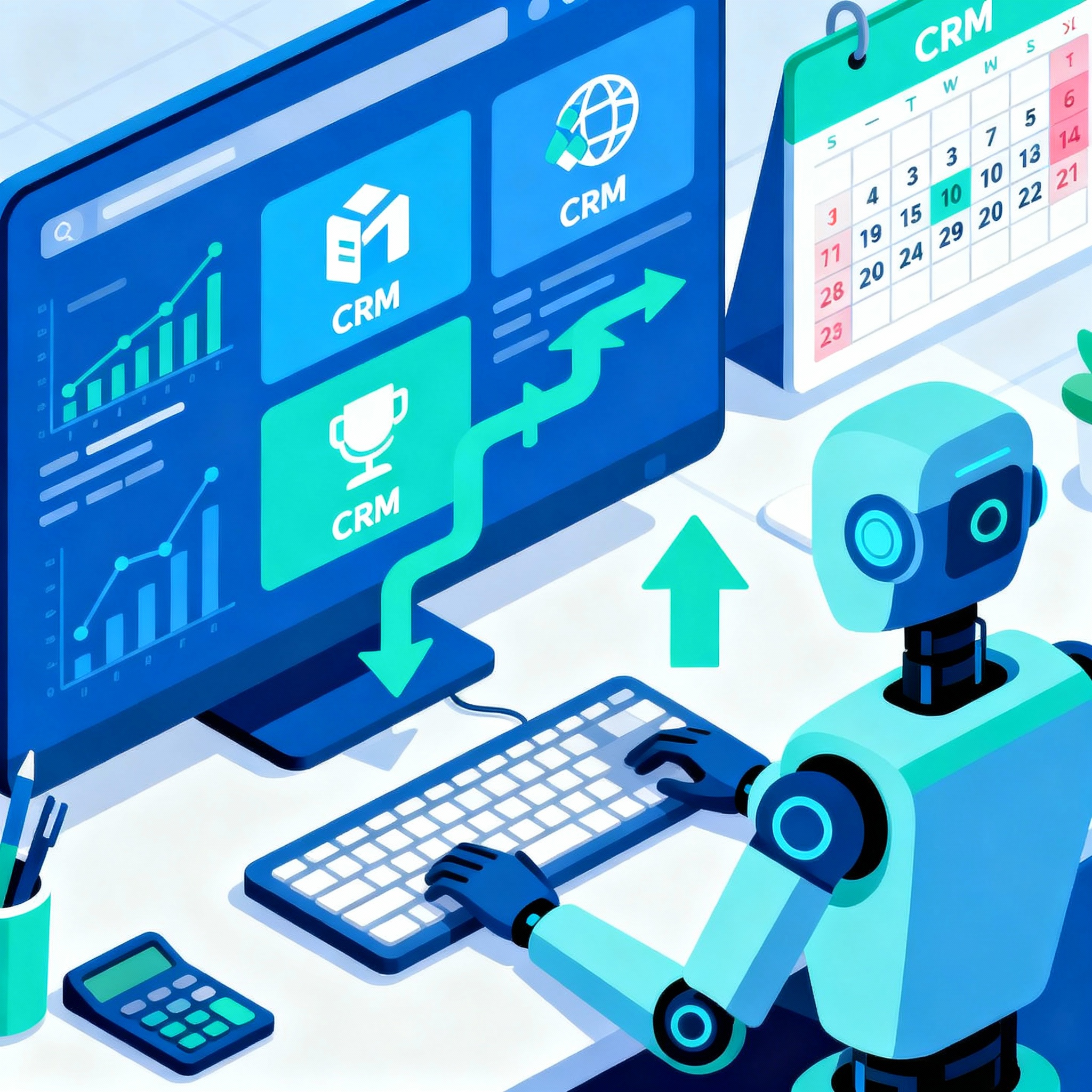Tech Virtual Assistant Services Pricing: Plans, What to Expect

Finding the right support for your systems can feel overwhelming, especially when every provider uses different names, hours, and deliverables. You want reliable technical help that understands CRMs, funnels, and automation, without billing surprises. In this guide you'll learn clear pricing benchmarks, what drives cost, and how to choose the plan that fits your stage of growth.
When you read the sections below, note how tech virtual assistant services pricing shifts depending on skill level, tools used, and whether you need one-off projects or ongoing maintenance. This will help you pick a plan that actually moves the needle for your business.
Quick overview: what "tech VA" means and who benefits
A tech virtual assistant blends admin support with technical skills. Think of a person who can edit your WordPress pages, tweak your GoHighLevel funnels, build simple Zapier/n8n automations, or debug an email sequence. For coaches, course creators, and small agencies this role plugs the gap between strategy and engineering.
Why consider a tech VA instead of a general VA or hiring a developer? You get faster, lower-cost fixes than a developer for many routine tasks, plus more technical confidence than a standard VA. That combination improves lead flow and conversion, without long dev timelines.

Pricing models you’ll see and what they buy you
Hourly rates
- Typical range: $25 to $100+ per hour depending on experience and region. Lower rates often mean task-level support, higher rates buy senior technical skill.
- Best for: one-off fixes, audits, and troubleshooting.
Monthly retainer / subscription
- Typical range: $300 to $2,000+ per month. Entry-level tech-VA plans start around $300 per month, offering limited hours and routine tasks. Higher-tier retainers add strategic time, automation builds, and priority response.
- Best for: ongoing funnel maintenance, weekly optimizations, and continuous CRM management.
Project or fixed-price work
- One-off projects like a full funnel build, WordPress migration, or custom integration are quoted per project. Expect quotes to vary widely based on complexity.
- Best for: clear-scope deliverables such as site migrations, large automations, or Shopify integrations.
Value-based pricing
- For high-impact work (like building a sales funnel that increases conversions substantially), some providers price based on expected return, not just hours. This can result in higher upfront cost but better alignment with outcomes.
- Best for: mature businesses where revenue impact can be measured.
What drives the price (so you can negotiate smart)
- Skill level and experience, especially in platforms like GoHighLevel, Zapier, Make, or custom APIs.
- Tool complexity: integrations across Shopify, payment gateways, and CRMs cost more to maintain.
- Response time and availability; dedicated support windows or SLAs raise costs.
- Scope of work: building a bot or a custom web app is pricier than editing pages.
- Reporting and strategy: added hours for monthly strategy sessions increase retainer price.
Here’s a practical rule: if the task requires custom code, advanced API work, or architecture thinking, expect developer-level rates. If it’s configuration, content updates, and funnel tweaks, tech-VA subscription rates are usually more economical.
Typical packages and sample budgets
- Starter Tech-VA — $300/month: 5+ hours weekly for CRM updates, small funnel tweaks, monthly strategy check-in, basic email sequence optimization. Good for early-stage coaches and solo entrepreneurs.
- Growth Support — $700–$1,200/month: 10–20 hours weekly, priority response, moderate automations, regular funnel optimization, and reporting. Fits scaling coaches and small agencies.
- Senior/Hybrid — $1,500+/month: senior technical VA or hybrid developer-VA, includes custom automations, A/B testing support, advanced integrations, and faster SLAs. Ideal for e-commerce brands and agencies with larger traffic.
If you need a one-time migration or a bespoke integration expect a separate quote. Always ask for a scope document that lists deliverables, timelines, and revision limits.

How to evaluate proposals — 7 quick checkpoints
- Clear deliverables, not vague tasks. Ask what “funnel cleanup” specifically includes.
- Tool experience: request examples with GoHighLevel, Zapier, Make, or Shopify.
- Communication cadence: weekly calls, reporting frequency, and expected response time.
- Onboarding plan: who will document systems and hand over credentials securely.
- Revision policy: how many iterations are included.
- Metrics and acceptance criteria: what success looks like for the project.
- Exit terms: how quickly can you pause or cancel the retainer.
Negotiation tips and getting the most value
- Start with a 30-day pilot or limited-scope project at a fixed price. It reduces risk and reveals the VA’s effectiveness.
- Bundle recurring tasks into a retainer and reserve project work as add-ons. That locks steady support while controlling costs.
- Ask for weekly time logs and short reports — transparency ensures you get ROI.
- Prefer a provider who pairs technical skill with conversion knowledge, so fixes also improve funnel performance.
Frequently asked questions
How much should I budget monthly for a reliable tech VA?
A practical starting budget is $300 per month for entry-level tech-savvy support. If you need consistent automation builds and priority response, plan for $700 to $1,500+ per month.
Are there hidden fees I should watch for?
Yes, watch for separate charges for API access, premium plugins, platform subscriptions, or emergency after-hours support. Confirm what’s included in the retainer.
What tasks are typically outside a tech VA’s scope?
Large software development, full-scale app builds, and complex backend architecture usually sit with developers and are quoted as projects. Small scripts or integration tweaks are often fine.
Should I hire a tech VA or a freelancer developer?
If you need ongoing system upkeep and small automation work, a tech VA is more cost-effective. For heavy development tasks, hire a developer or a hybrid who offers both VA and dev services.
How do I measure ROI from a tech VA?
Track time saved, reduction in missed leads, conversion lift from funnel changes, and faster turnaround on customer issues. Even small gains compound quickly when systems are reliable.
Can a tech VA work with my existing stack (Shopify, WordPress, GHL)?
Yes, most tech VAs specialize in popular stacks. Always confirm platform experience before hiring and request past examples or case studies.
What’s the best way to start working together?
Begin with a discovery call or a short pilot project that covers high-impact tasks. This validates fit and creates an initial roadmap.
How Ambrose Kol’s approach structures pricing and value
Here’s a simple, transparent approach you can use when comparing offers: start with a monthly entry retainer for recurring needs, add scoped project quotes for bigger builds, and include a monthly strategy session. If you want a sample baseline, Ambrose’s published starting tech-VA plan begins at $300/month and includes weekly support and a monthly strategy session. If you’re ready, check the detailed plan on the Pricing page, or book a quick conversation to discuss a tailored package.
- See pricing details: https://ambrosekol.com/pricing/
- Want to talk? Use the contact form: https://ambrosekol.com/contact/
- Back to the homepage and full services: https://ambrosekol.com/
Ready to reduce tech friction and scale reliably?
If you want a predictable monthly plan that keeps your funnels converting and your systems humming, start with a short pilot. That fast loop proves value and clarifies exactly what ongoing support you need.
Work with a partner who gets both code and conversions
You don’t have to choose between developer skill and VA affordability. A tech-savvy assistant who understands conversion architecture delivers both. If you want help shaping a plan that fits your budget and goals, visit https://ambrosekol.com to get started.
Conclusion
Technical support pricing varies because the work varies. The smart move is to pick a model that matches your needs, start small with measurable goals, and scale the relationship as your revenue or complexity grows. With the right tech VA, you get faster fixes, smoother funnels, and more time to focus on what you do best.

